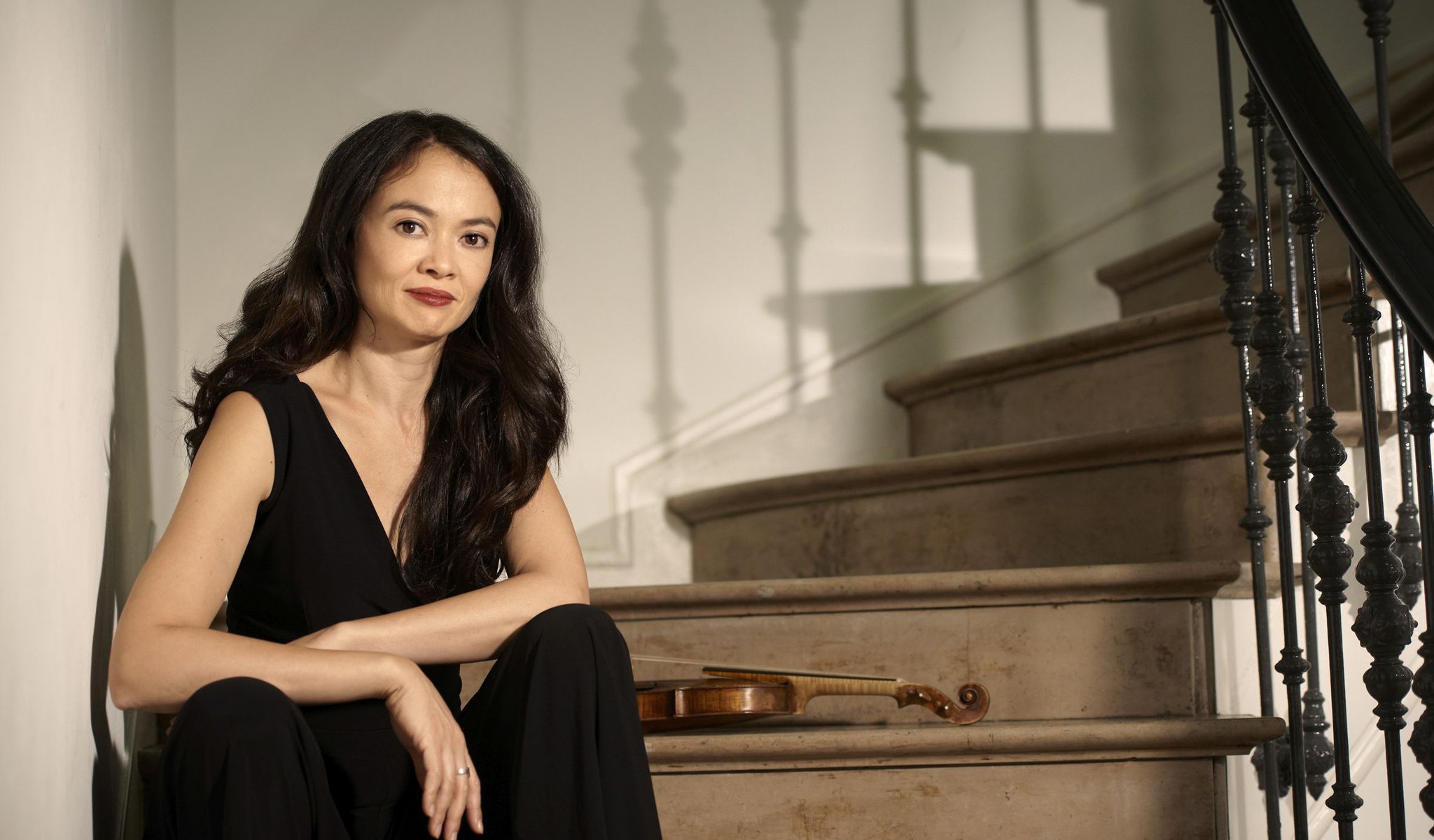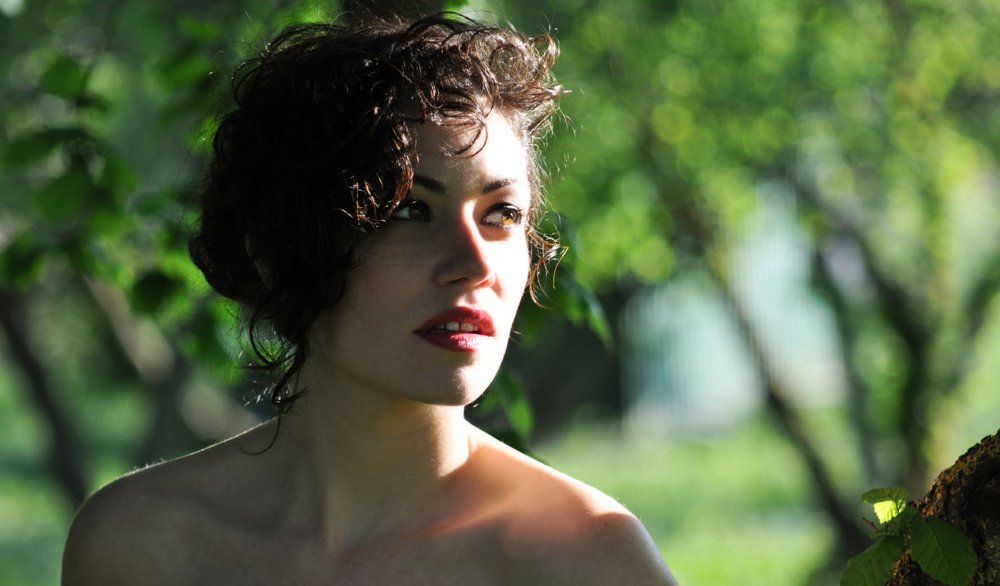

Baroque concert: Telemann, Fasch, Handel
Vendittelli, Seiler, T’Hooft
Program
Georg Philipp Telemann (→ bio):
Orchestral Suite in G minor (“La musette”), TWV 55:g1
Johann Friedrich Fasch (→ bio):
Symphony for Strings in G major, FWV M:G5
Georg Philipp Telemann (→ bio):
Concerto for Three Violins in F major, TWV 53:F1
INTERVAL
George Frideric Handel (→ bio):
Concerto Grosso in A major, Op. 6, No. 11, HWV 329
Cantata Armida abbandonata, HWV 105
You can read the lyrics of the cantata by clicking here.
Featuring
Other information
The event is about 2.5 hours long.
About the event
It’s hard to imagine a season of the Festival Orchestra without a Baroque concert where, year after year, in addition to period instruments, the unforgettable experience is also guaranteed by the series of motions choreographed by Sigrid T’Hooft. As one of the greatest authorities in the field of Baroque gesture, she has enlivened the BFO’s historical performances with her expertise – through period costumes and authentic motions – since 2011. This time again, the artistic director of the program, including the prolific Telemann, the forgotten Fasch and the ever-inspiring Handel, will be violinist Midori Seiler, who has been responsible for the BFO’s early music concerts for years. The program will conclude with Handel’s emotional cantata, related to the composer’s opera oeuvre in a number of ways, which almost demands some movements on stage.
A French-style overture following the slow-fast-slow pattern, and then a series of dance movements and character pieces: this is the structure of French suites (or ouverture-suites), of which Telemann composed more than a hundred. The brilliantly witty movements of the piece in G minor include Neapolitan music, a polonaise, a dance at frenzied pace, a minuet, a musette, giving the piece its nickname, and a harlequinade, evoking clowns.
Although Telemann highly regarded the work of Johann Friedrich Fasch, the composer, popular in his own age, was later almost forgotten. Nevertheless, he is remembered for refusing to apply for the position of the organist at the Thomaskirche in Leipzig, where Bach was then invited. His compositions are the link between the Baroque and Classical periods; his four-movement symphony in G major still has a Baroque fugue, but we can also discover the new, thematic style in the piece.
Telemann’s most famous work, Tafelmusik – or “Table Music” to accompany a festive dinner – consisting of three series, was composed in 1733. The concerto of the second series is characterized by a complete equality of the instruments. This is much more of a team effort than a contest. The final movement is hardly a concerto anymore; it becomes the joint jubilation of an ensemble in total unity.
Composing music of over two and a half hours within a month – this is the story of the origin of Handel’s Concerti Grossi, Op. 6. The pieces, written in 1739, pay tribute to Corelli, but concerning the order of their movements and the instructions for the musicians, they are much more free-flowing than their models. The penultimate piece of the series was a reworking of Handel’s yet unpublished organ concerto in A major. The result: a French overture, a six-bar largo, a copious andante and a virtuoso air.
The aria in Handel’s Rinaldo, starting with “Lascia ch’io pianga”, is widely known. And many people also know that this melody was originally part of an oratorio. The theme, used by Handel several times, also appears in the secular cantata entitled Armida abbandonata. The soul-wrenching drama of the abandoned woman reveals, through expressive music, the gestures of disappointment, refusal, revenge and pleading. Eventually, a prayer to the god of love remans unanswered, dying away at the end of the cantata.
Did you know? Telemann's Suite for orchestra in G minor was published in 1736, and his Concerto in F major in 1733, Fasch's String Symphony in G major was composed in the 1740s, Händel's Concerto Grosso in A major was written in 1739 and his Cantata in 1707. The Festival Orchestra will perform all five pieces for the first time.
Contemporary events On 12 February 1736, Maria Theresa married Francis of Lorraine / in 1736, Voltaire published his writing of Newton's Law of Gravity (Épitre sur Newton) / twelve violin concertos by Pietro Locatelli, published in 1733 under the title The Art of the Violin / in 1733, French chemist Charles du Fay discovered that there are two types of electric charge, with unary charges repelling and opposite charges attracting each other / on 30 August 1742, Johann Sebastian Bach's cantata No. 212 (Mer hahn en neue Oberkeet), generally known as the Peasant Cantata, was premiered in a village near Leipzig / English painter William Hogarth painted David Garrick as Richard III in 1745 / on 18 September 1739, the Peace of Belgrade was signed, ending the Russo-Turkish War (1735-1739) / In 1739, George Frideric Händel's oratorio Saul was performed at the King's Theatre in London / King Charles XII of Sweden and his coalition troops crossed the Vistula in 1707 in an attempt to conquer Russia / The Kollegienkirche, designed by Johann Bernhard Fischer von Erlach, was completed in Salzburg in 1707